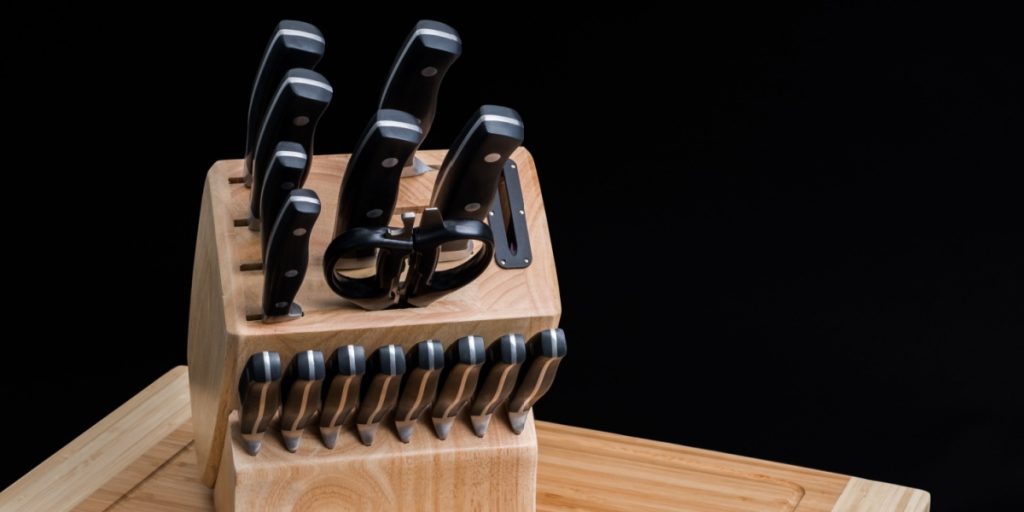It hides in plain sight, is used daily, and can secretly harbor mold and bacteria.
Others are reading now
There’s no shortage of cleaning to do in the kitchen — from wiping down countertops to scrubbing dishes and keeping the sink spotless. But even in the most spotless kitchens, there’s one everyday item that’s often completely overlooked.
The one thing we rarely clean
If you’re a home cook, chances are you own a knife block.
While we often take great care to clean and sharpen our knives, the block they’re stored in is usually forgotten.
That’s a problem — because those narrow wooden slots can quietly collect dust, crumbs, moisture, and even bacteria over time.
Also read
Due to their design, knife blocks are difficult to clean.
The narrow openings make it hard to see inside, let alone wipe them out. And while it might seem like a good idea to rinse it under water, wooden knife blocks don’t handle moisture well — water can warp the wood and lead to even more issues.
So how should you clean this essential but often-neglected kitchen item?

How to Properly Clean Your Knife Block
1. Remove the knives:
Take all the knives out of the block and set them aside on a clean towel.
2. Shake out loose debris:
Hold the knife block upside down over the sink or trash can and give it a few firm shakes to dislodge crumbs and dust. Use a vacuum cleaner with a nozzle attachment to remove anything stuck inside.
3. Wipe the outside:
Using a damp microfiber cloth and a drop of dish soap, gently clean the exterior surfaces to remove any grease or dirt.
4. Clean the slots:
Mix a small amount of warm water with mild dish soap. Use a thin bottle brush or straw brush dipped in the mixture to scrub the inside of each slot gently. Be careful not to saturate the wood. For tougher grime, you can use a diluted vinegar solution for a deeper clean.
5. Rinse away residue:
Wipe down each slot with a clean, damp cloth or use a separate brush dipped in plain water to remove any leftover soap.
6. Let it dry completely:
Set the knife block in a well-ventilated area and let it air dry thoroughly before reinserting your knives. This step is crucial to prevent mold or mildew from developing.
Since you can’t easily see inside a knife block, it’s hard to know when it’s dirty.
A good rule of thumb is to clean it once a month. And always make sure the knives going into it are completely clean and dry.


